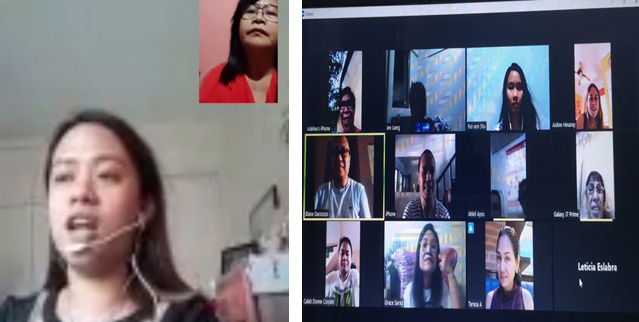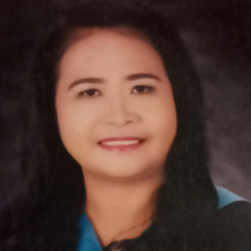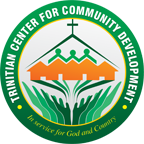Traditional Educator’s Challenge with Digital Literacy in the Realm of Education
by Maryluz Divina S. Gaco
The 21st Century is an era that encompasses the emergence of Digital Technology . One of the core competencies of the “21st-century skills” is digital literacy which advocates the need not just to teach and help students thrive in today’s world but also to stay safe from the dreadful covid pandemic.

It is then believed that “The digital five forces – Social Media, Big Data, Mobility and Pervasive Computing, Cloud, and AI and Robotics – are disintermediating, disrupting and deconstructing the old world order. “ Furthermore, the Digital age is referred to as the Information Age, a historic period in the 21st century characterized by the rapid shift from traditional industry that the Industrial Revolution brought through industrialization, to an economy based on information technology. “ To add into this reality is the challenge of a traditional educator borne in the Gen X who is merely a digital immigrant a par from the Digital Natives – somebody who is not that adept with digital technology to cope with this predicament.
The COVID pandemic is of course a battle of the whole wide world – all sectors and units of every government in every country but I would like to dwell in my own perspective as a traditional educator faced by these realities. Though there had been Digital orientations and seminars offered by the institution, those have been personally regarded as religiously part of the teaching endeavor for there was still the convenience and choice of the face to face classroom interaction with students. The country’s contagion of this pandemic made the Digital Challenge real in my end as an educator.
I have been teaching for nearly three decades. My experiences and years in the teaching field made me smugly confident in handling and administering my classes. I treasured the use of blackboard and chalk , the perpetual Manila paper and Pentel pen which were then levelled up to whiteboard then the power point presentations. Honestly, I did abhor and I was skeptic with use of technology in the field of education because of its then adverse effect to the learners’ values and studies. I considered the social media as a competitor with the students’ conscientiousness with their studies. As a whole I considered it as a detractor of every student in his learning.
In this eventuality of the covid pandemic , I then embraced and realized the true, the good and the beautiful offerings of the “Digital Technology” not just a haven but a safe haven if I were to use tautology. The school calendar in this prestigious institution has been affected by the lockdown. That was just the start of the Final Term. My perspective on Digital Technology was transformed – from a non-believer to a believer. It was indeed a challenging yet rewarding journey. What I believed to be my top most soft values as an educator were further challenged. The patience to wait and to follow up learner’s activities and output and the patience to learn the use of different online platforms to continue with the learning. Another challenge was the fact that it was my first exposure with the different online/eLearning platforms. It was both a practice and a final presentation at the same time.
On top of the challenges was the reward. I was able to create and to form a bond with the students under my charge. Due to some students unavailability of online platforms ,I ventured into the use of the edmodo gmail , messenger and mobile data. These might just be simple online platforms but I felt it a success. Due to my queries and online guidance of colleagues, I was able to swiftly push through with the eLearning. It was also a rewarding feeling to inculcate among students the magic words of “Thank you , Stay Safe ,Please, Kindly and God Bless! Words that unfortunately are not anymore a part of the Gen Y and Gen Z generations in this 21st Century and Digital Age. Sort of them having been enculturated and influenced by the social media. It was the first time I appreciated the Digital technology for it was the means that made it possible for the continuance of education in a safe mode.
The school is one of the most essential organizations in a country. In spite of the pandemic, learning must thrive. Trinity University of Asia lives up with its core values of achieving Excellence and manifesting Social Responsibility among its stakeholders . The Administrators, Department Heads ,Teaching and Non- Teaching staff are bound into offering and preparing a Quality Learning Management System among the Trinitians . An in-house Teacher Training is the University’s response to the call of the continuity of education of the 21st Century Trinitians . It is a means to enhance and unify each educators’ online platform to meet the needs of all kinds of learners and to resolve their challenges that hinder eLearning. Learning is a continuous process not just on the part of the learners but also of educators. Truly, Teaching is a mission!
_____

Maryluz Divina S. Gaco is currently a Junior Lecturer 3 at the Trinity University of Asia. She teaches in the Senior High School and in the Department of Languages and Contemporary Human Studies and Education Department. She started as a Junior High School Teacher and designated as an English Subject Area Lead Teacher in Stella Maris College from June’ 2011 to June’2018. She too is a Licensed Professional Teacher with a Master’s Degree in Education.
_____
References :
- https://www.igi-global.com/dictionary/resource-sharing/7562
- https://www.edweek.org/tsb/articles/2010/10/12/01panel.h04.html
- https://en.wikipedia.org/wiki/Digital_literacy
- https://www.peoplematters.in/article/social-media/7-characteristics-digital-mindset-12980


 The Trinitian Center for Community Development is the official arm for Community Extension Service that supports Trinity University of Asia in carrying out its Vision and Mission of involving her constituents to live a LIFE that is GOD-centered and in service to the community.
The Trinitian Center for Community Development is the official arm for Community Extension Service that supports Trinity University of Asia in carrying out its Vision and Mission of involving her constituents to live a LIFE that is GOD-centered and in service to the community.